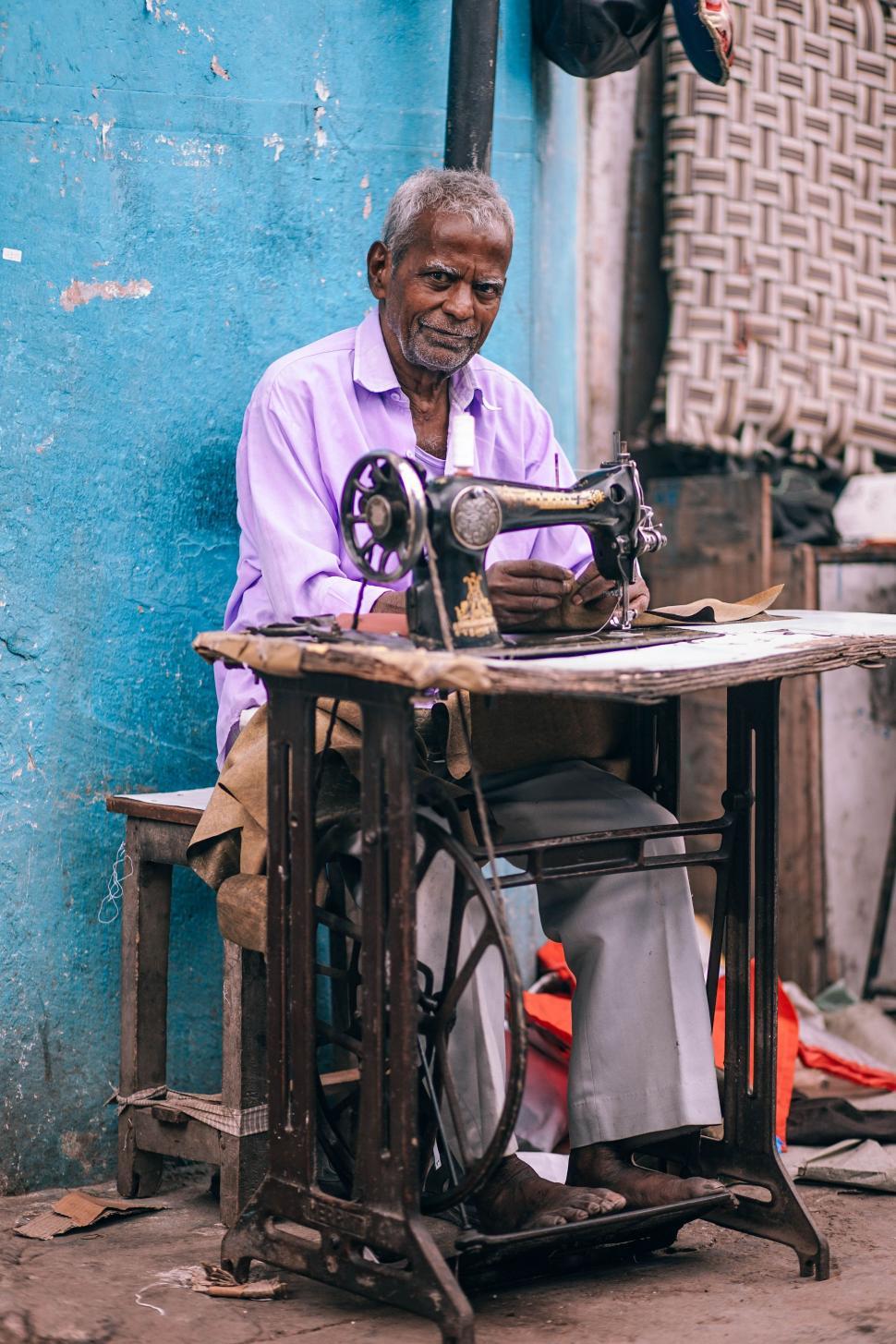Tailor Perth Specialists: Tailor-Made Solutions for Elegant Clothing
Wiki Article
Understanding the Tailoring Refine: From Fabric Selection to Final Suitable for the Suitable Closet
The customizing process is a complex interplay of art and science, beginning with the crucial choice of textile choice and culminating in the accurate modifications of last fittings. Each textile type brings distinct high qualities that influence not only the visual charm however also the garment's durability and viability for numerous celebrations.Significance of Material Choice
Choosing the appropriate textile is important in the tailoring procedure, as it straight influences the comfort, resilience, and general aesthetic of the final garment (tailor perth). The selection of textile sets the structure for the garment's style, performance, and capability. Various fabrics possess unique buildings, such as weight, breathability, and stretch, which can dramatically impact exactly how the garment drapes and fits the bodyMoreover, fabric choice influences the garment's long life and simplicity of care. High-grade materials can withstand deterioration, keeping their appearance and structure gradually, while lower-quality materials might lead to pilling or fading. Additionally, the best textile adds to the garment's capability to transition throughout occasions and periods, consequently improving convenience.
A tailored piece made from a suitable textile not only showcases craftsmanship yet additionally boosts the wearer's confidence. Consequently, comprehending the subtleties of textile choice is extremely important for any type of tailoring venture. It ensures that the end product not just meets the aesthetic needs of the customer yet likewise straightens with functional demands, consequently attaining an unified equilibrium between form and function in the tailored wardrobe.
Sorts Of Fabrics and Their Usages
Understanding the various sorts of textiles readily available is important for making educated decisions during the tailoring process. Each textile has special characteristics that determine its viability for particular garments and celebrations.Its convenience permits it to be tailored into everything from shirts to gowns. Its natural flexibility aids garments preserve shape over time.
Silk emanates luxury and is lightweight, making it perfect for eveningwear and delicate shirts; nonetheless, it needs mindful handling due to its frailty. Linen, with its distinctive finish, is a popular choice for warm climates, offering a crisp and airy feeling, yet it wrinkles quickly, which might affect the garment's appearance.
Synthetic materials, such as polyester and nylon, offer resilience and resistance to creases, making them ideal for everyday wear and active apparel. Comprehending these material kinds and their properties permits for far better decision-making, making sure that each customized item not only fits well yet also lines up with the desired purpose and occasion.
The Tailoring Methods Clarified
The art of tailoring counts on a range of techniques that transform textile into well-fitted garments. Central to this process is pattern composing, where a tailor creates templates based on the client's dimensions and desired design. This initial action ensures that the garment will fit the wearer correctly prior to any type of cutting takes place.Once patterns are developed, cutting methods enter play. Precision is paramount as inaccuracies can result in misfitting garments. Tailors often use different reducing techniques, such as single-layer cutting for intricate layouts and multiple-layer cutting for efficiency on conventional patterns.
Basting is one more necessary strategy, permitting tailors to momentarily sew material items together for a preliminary installation. This technique offers the possibility to examine the drape and general shape before final sewing.
Seaming methods, including french joints and flat-felled seams, boost the garment's longevity and visual allure. these details Tailors also use techniques such as interfacing and padding to offer framework and form to certain areas, like shoulders and collars.
Finally, completing techniques, consisting of hemming and edge finishing, guarantee the garment's longevity while offering a polished appearance. With each other, these strategies create the foundation of reliable customizing, resulting in elegant, custom-fit clothing.
Suitable Adjustments and Factors To Consider

Key factors to consider consist of the shoulder fit, which should neither droop nor limit movement, and the sleeve size, which should permit comfy arm movement while preserving a sleek look. In addition, changes at the midsection can improve the silhouette, with alternatives to allow out or absorb fabric as required.
The surge of pants is one more essential aspect; it needs to rest pleasantly over the hips without creating discomfort, permitting simplicity of motion. Hemming sizes for both trousers and skirts need to reflect the wearer's favored style while appreciating proportions.

Keeping Your Tailored Garments
Constantly follow the care label instructions, which might recommend completely dry cleaning for delicate fabrics or device cleaning for even more sturdy products. Prevent constant laundering, as this can put on down the textile and change the garment's shape.Storage space is equally vital; usage cushioned wall mounts for coats and coats to maintain shoulder framework, and store trousers folded neatly or hung to stop creasing. Shield garments from direct sunlight, which can discolor shades and damages fibers.
In addition, routine assessments for small repair work can stop larger concerns. Look for loose switches, fraying seams, or indicators of moth damages, resolving these issues promptly to preserve the garment's stability.
Finally, consider seasonal turning. Wearing customized pieces in small amounts allows fabrics to recover, expanding their life-span. By applying these upkeep strategies, you can guarantee that your tailored garments check that continue to be as immaculate as the day you first wore them, boosting your perfect closet for years ahead.
Verdict
The customizing process, including fabric selection, experienced methods, and precise fitting modifications, plays an important duty in creating garments that enhance both convenience and style. Understanding the significance of maintenance expands the life of tailored garments, strengthening their value in a well-curated wardrobe.Picking the appropriate fabric is vital in the customizing procedure, as it directly affects the convenience, toughness, and total aesthetic of the final garment. The choice of material sets the structure for the garment's functionality, style, and efficiency. Various materials have distinct buildings, such as weight, breathability, and stretch, which can dramatically affect how the garment drapes and fits the body.
The art of customizing relies on a variety of techniques that transform material into well-fitted garments.The tailoring process, incorporating textile selection, knowledgeable techniques, and accurate suitable changes, plays a vital duty in creating garments that enhance both comfort and design.
Report this wiki page